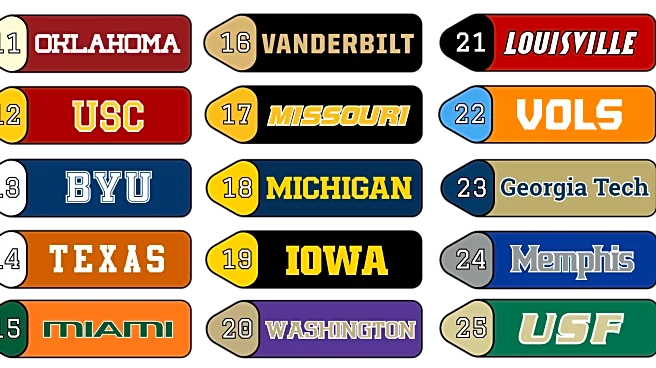What's Happening?
Realtor.com has reported a slight decline in international home shopping activity in the U.S. during the third quarter of 2025, with international views accounting for 1.5% of U.S. online home search traffic.
This marks a decrease from 1.6% a year earlier, though it remains above the 1.2% share in 2019. The decline is primarily attributed to a reduction in interest from Canadian buyers, whose share of international online traffic fell from 36.6% in the third quarter of 2024 to 32.1% in 2025. This trend coincides with the U.S. imposition of tariffs on Canadian goods, suggesting that trade tensions and exchange rate volatility may have impacted cross-border housing interest. Despite this, Canadian buyers continue to dominate traffic in several U.S. metros, including Cape Coral, Florida, and Phoenix, Arizona.
Why It's Important?
The decline in Canadian interest in U.S. real estate is significant as it reflects broader economic uncertainties and policy shifts affecting international buyers. The cooling demand from Canada, traditionally a major source of international home shoppers, could impact the U.S. housing market, particularly in regions heavily reliant on foreign investment. The report also highlights a narrowing price gap between homes viewed by international and domestic shoppers, indicating a cooling demand for luxury properties. This shift may be driven by currency volatility and global economic uncertainty, affecting high-end real estate markets in cities like Los Angeles and New York. The ongoing engagement from international buyers, despite these challenges, underscores the U.S. housing market's resilience and its continued appeal as a global investment destination.
What's Next?
Future trends in international demand for U.S. real estate may be influenced by new immigration and visa policies. Proposed 'gold' and 'platinum visa' programs could attract more high-net-worth buyers to luxury markets, while restrictions on H-1B visas might reduce demand in innovation-driven metros such as Austin and San Jose. As global market conditions and policy developments continue to evolve, the pattern of international interest in U.S. real estate is likely to become more uneven, with potential implications for market dynamics and pricing strategies.












